After graduating from my doctoral programme years ago, a friend of mine gave me a little graduation present, a book called “The Art of Relaxation” or something like that. I remember looking at her like she was absolutely crazy. Why would I ever need to slow down and relax? What was she trying to say? Some years later, however, I learned just how vital self-care was, both in my personal and professional life. After all, as a psychologist and personal brand consultant, looking after others is a central part of my own personal brand. When our focus is outwards – on others – and we forget (or neglect) to attend to our own selves, we not only compromise our own mental and physical well-being, but limit our efficacy in caring for others.
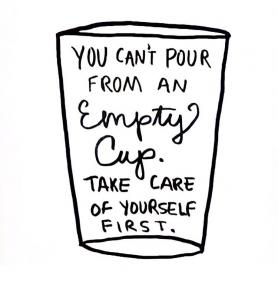
This post explores the importance of “caring for the carer”. Our guest blogger is Jo Tocher, an experienced holistic therapist, author and transformational coach at life-after-miscarriage.com. She made the decision to cross over from the corporate world after she experienced a miscarriage at 24 weeks, which changed her life and her direction. She has since dedicated herself to working with women to help them find a place of acceptance and even happiness.
Here’s Jo…
I always have to be mindful about self care, when working with women who have lost babies in pregnancy.
Using the analogy of putting your oxygen mask on first, you have to be in good form, mentally, physically and emotionally before working with others.
Last year I decided to write a book Life After Miscarriage –Your Guide to healing from Pregnancy Loss. It was something I’d been thinking of doing for a while, and I wanted to share my tools, as a holistic therapist and transformational coach, which I have learnt over the past 20 years. It was an interesting exercise, and a process that I enjoyed doing but was also quite hard work mentally. I had to get myself into the right space before being in a place to write and because it’s an emotive subject I had to dig deep.
I’ve done a lot of self-development over the years to get myself into a place where I can work with others, so writing the book felt like the final piece of the puzzle.
Writing is cathartic and it certainly was for me. I was grateful that I had many tools in my toolbox to enable me to write about my experience and in turn to enable others to heal.
I couldn’t have done it if I wasn’t looking after myself and being aware of my limitations, my health, my energy levels and my emotions. There were times when my self-sabotage would kick in, and I’d do everything I could before settling down to write – the kitchen never looked as clean! When these times happened, I’d go with it until I couldn’t anymore and then go and release whatever was coming up for me. I always find a deadline helps too!
My top tips are:
- To make sure I’m eating well, a good balanced diet and although I enjoy a glass of wine, to be mindful of my intake.
- Taking time out for me is important, and something I advocate to my clients. Self Care – do what makes you feel good and if you don’t want to do something don’t feel you have to do it. As women, we often do things for others, but if this isn’t serving us, then it’s ok to say no. It makes you feel good after you’ve said no, to something you don’t want to do – it’s empowering.
- Journaling helps – in the morning I journal, it helps me focus and I find writing cathartic.It keeps me mentally and emotionally level. All my thoughts and feelings come out of my head onto paper and I can look at them from a distance, I become more objective about them, and ask myself, is this really true? Or is this a belief?
- Taking time out to have a bath with relaxing and balancing essential oils such as Lavender, Roman Chamomile and Geranium.
- Meditation and Movement – a regular routine of Yoga in the morning, to help stretch the body and or a walk outside helps to clear your mind. I often sit in mediation for 5 or 10 minutes before the day starts. It’s a great way to focus on the day ahead.
- Sleep – good sleep of 7-8 hours is crucial. This is where the brain shuts off and our bodies recalibrate during this period of rest.
- I use a tool called the Energy Alignment Method (EAM) with my clients and I find it invaluable to use on myself as well. When I’m feeling out of sorts, or know that I’m not in flow, I release the resistance I’m holding in my energy and bring in how I’d like to feel. This is a wonderful way to bring you up the emotional scale and to be in the best place with your thoughts, mindset and emotions. I found that my bounce-back-ability is much quicker than it used to be, since using this tool.
When our personal brand is about looking after others, it is crucial we look after ourselves; otherwise we can suffer from burnout. You simply cannot help others when you are not in flow yourself, when you are tired and exhausted. It is so vitally important to look after yourself first. Keeping a balance in life is crucial. A little of everything and living by the Four Doctors. Dr Food – eating a balanced diet and limiting alcohol. Dr Movement – walks, yoga, tai chi, running, cycling – exercise in moderation. Dr Quiet – reading, bathing, meditating, sleeping. Dr Fun – laughing, singing, dancing, friends. Keeping the four Doctors in mind, you can’t go wrong.
**************************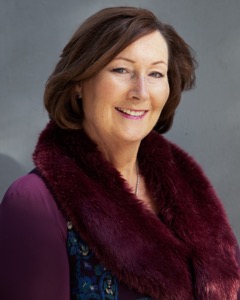
To find out more about Jo Tocher, her services
and how she works, check out:
www.life-after-miscarriage.com.
You can also follower her here on Twitter!
![]()



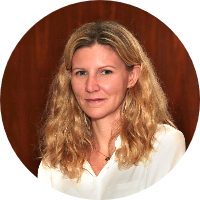


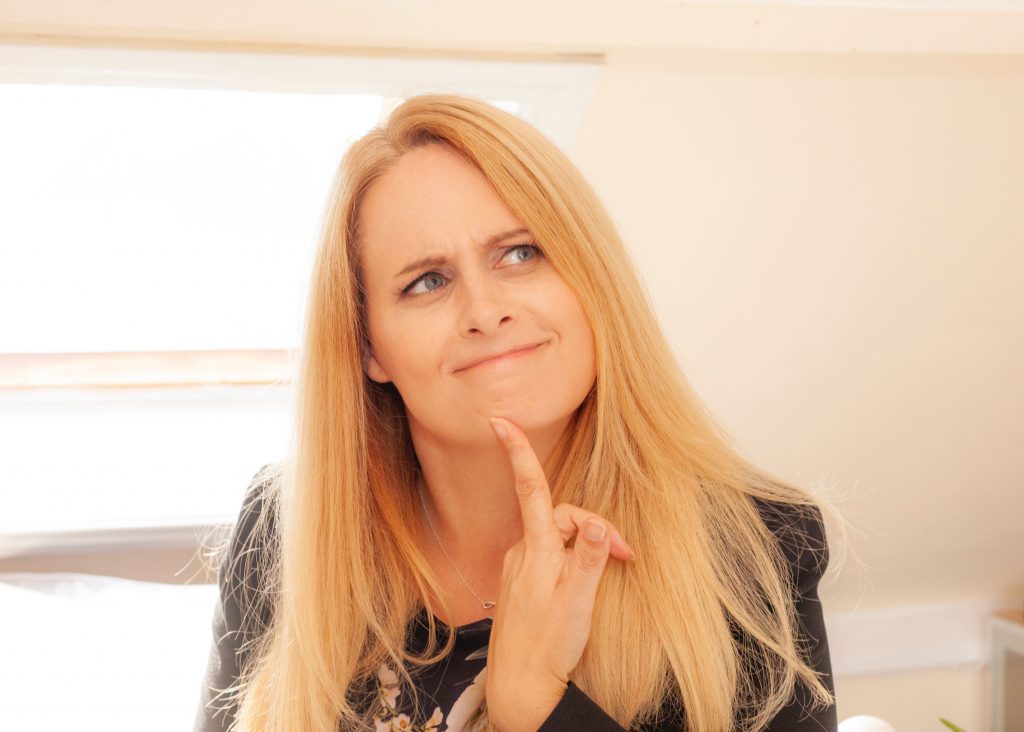 Michelle Minnikin of
Michelle Minnikin of 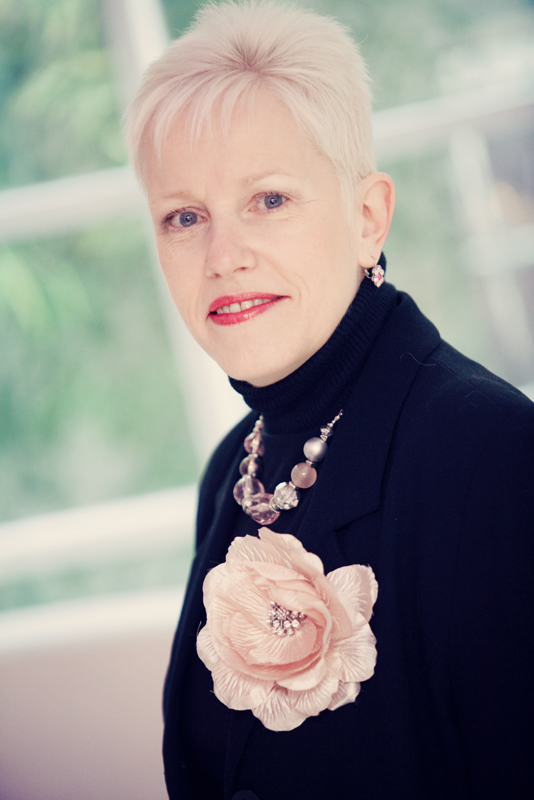 Annie Brooks is the co-founder of women’s business club
Annie Brooks is the co-founder of women’s business club 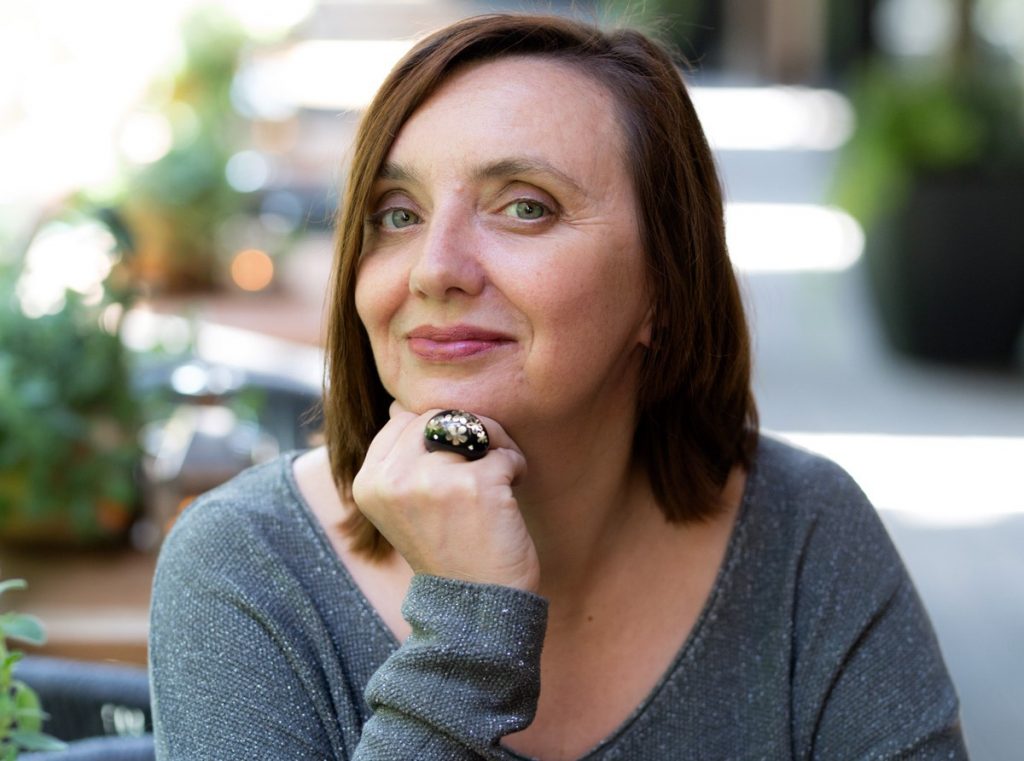

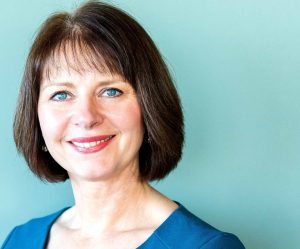

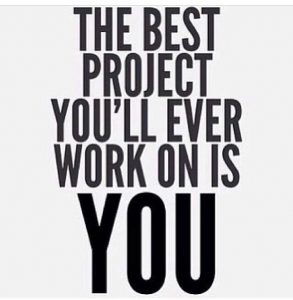


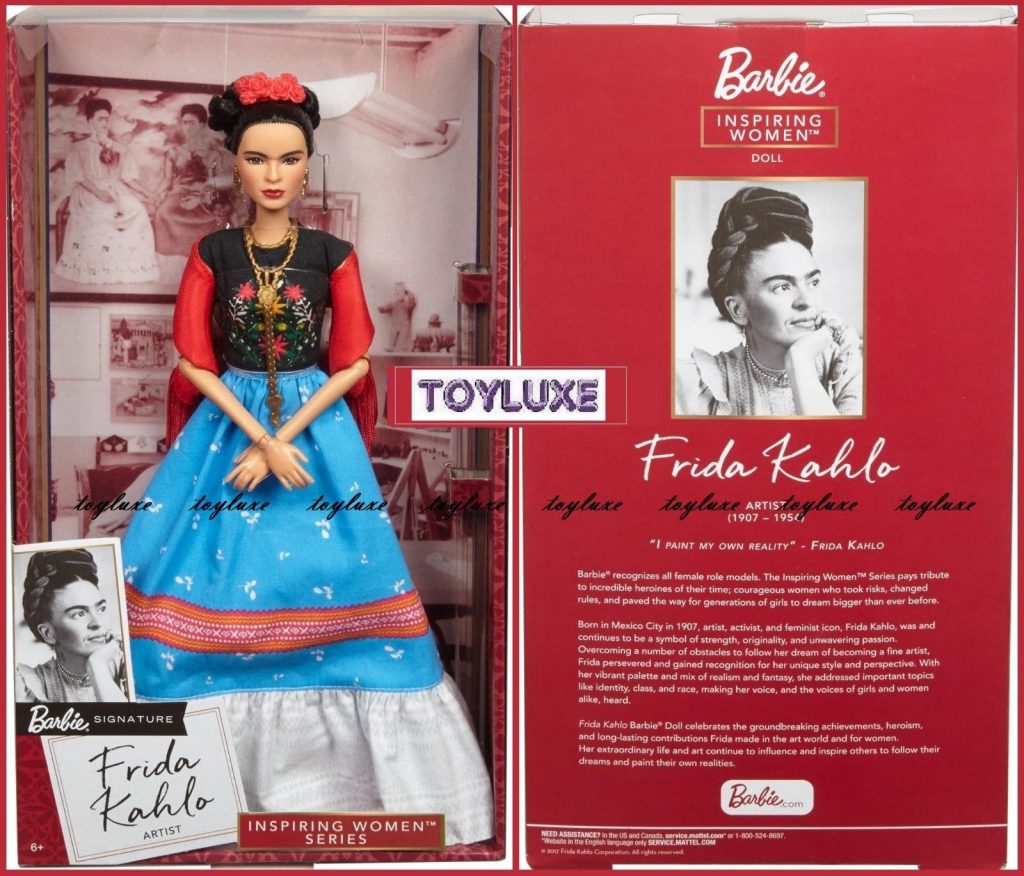
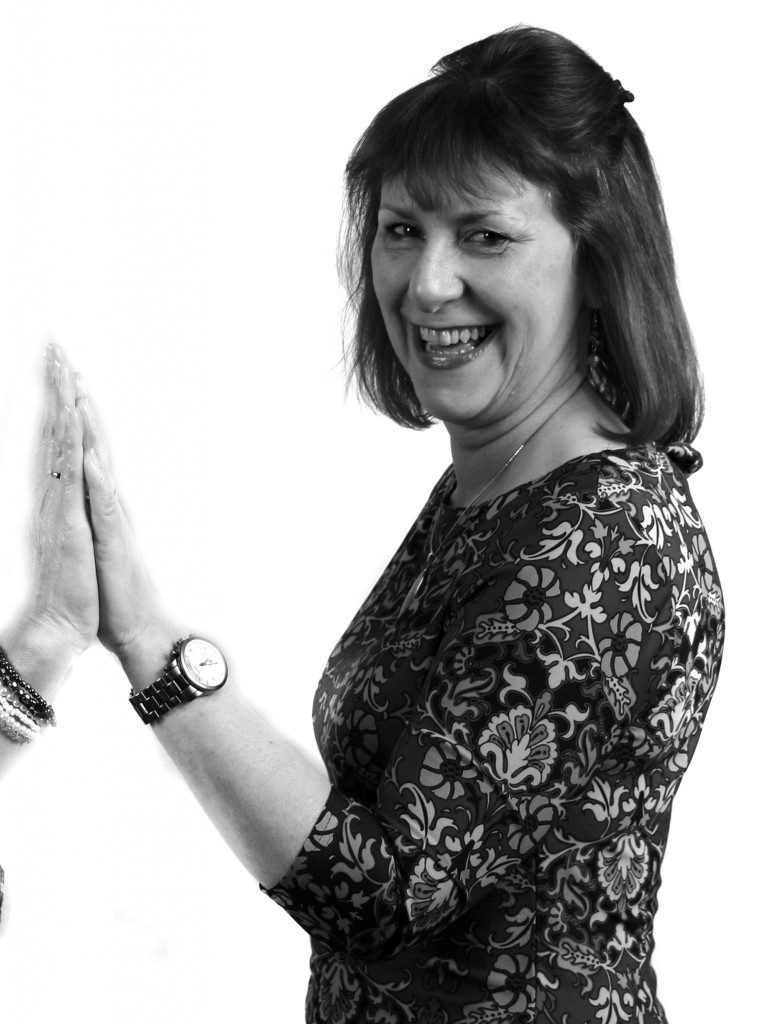 chapters, the words, often painstakingly crafted we get the occasional glimpse of the author…and I think it’s fair to say that a CV, although minimal in size by comparison to a novel, should do the same.
chapters, the words, often painstakingly crafted we get the occasional glimpse of the author…and I think it’s fair to say that a CV, although minimal in size by comparison to a novel, should do the same.